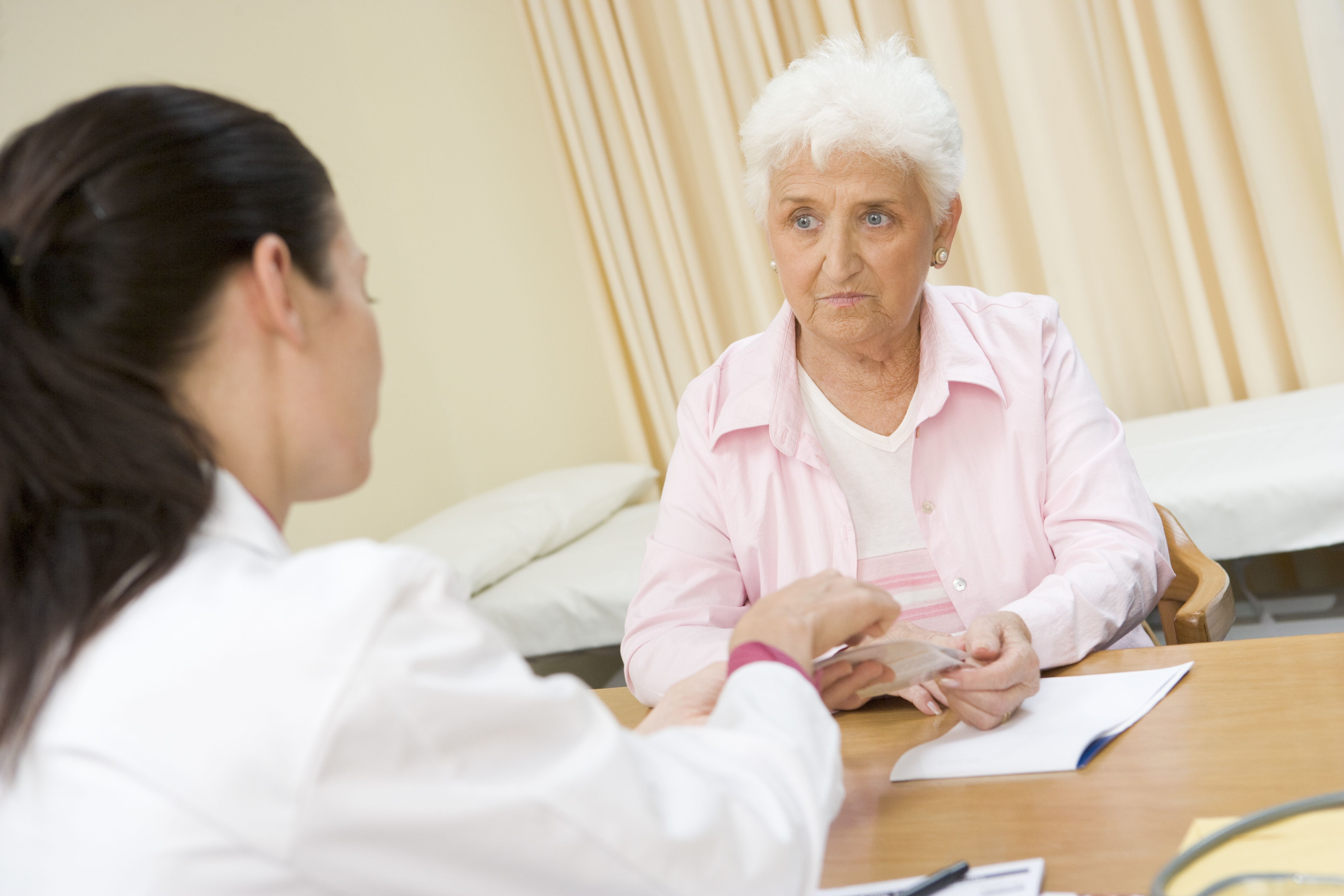Factors Associated with Osteosarcopenia in Postmenopausal Women with Osteoporosis
An analysis of more than 240 postmenopausal women with osteoporosis offers a glimpse into potential predictors of osteosarcopenia in this patient population.

New research from a team in Tokyo is shedding light on the factors that could help clinicians predict the incidence of osteosarcopenia among postmenopausal women with osteoporosis.
With the coexistence of osteoporosis and sarcopenia putting patients at a greater risk of negative outcomes, the information provided from the retrospective analysis could allow for improved identification and management of these patients.
“The present study is the first to demonstrate the risk factors of developing osteosarcopenia, as assessed in an osteoporosis clinic. The results suggest that patients with low BMI have a higher risk of developing osteosarcopenia,” wrote study investigators. “Moreover, appropriate assessments, including the presence of comorbidities, will help in identifying patients at greater risk of developing osteosarcopenia, especially for patients aged 65–74 years.”
To learn more about the prevalence and impact of these conditions, investigators from the Showa University School of Medicine in Japan designed a retrospective analysis of patients regularly visiting the university hospital. From the hospital, investigators obtained data related to a cohort of 609 patients.
To be included, patients were required to be at least 65 years of age, diagnosed with postmenopausal osteoporosis, and to have undergone blood sampling and dual-energy x-ray absorptiometry between October 1, 2016 and September 31, 2017. Additional inclusion criteria included data related to handgrip strength, gait speed, and skeletal muscle mass index measurements. Of note, patients were excluded if they had osteoporosis other than postmenopausal osteoporosis or if they had severe chronic kidney disease requiring hemodialysis.
In total, 276 patients were included in the analysis. The mean age of this group was 77.07±6.74 years. When classifying patients according to diagnostic criteria of the Asian Working Group for Sarcopenia, 80.4% of the study population had osteoporosis alone and 19.6% met the criteria for osteosarcopenia.
Upon analysis, investigators found patients who met the criteria for osteosarcopenia had a greater risk of frailty compared to those with osteoporosis alone (OR< 2.33; 95% CI, 1.13-4.80; P=.028). Results of the analysis also indicated low body mass index appeared to be the most significant factor related to the development of osteosarcopenia and investigators pointed out none of the 54 patients with osteosarcopenia were considered obese. Investigators noted low BMI (OR, 1.69; 95% CI, 1.22-2.32; P <.01), decreased kidney function (OR, 1.75; 95% CI, 1.12-2.72; P=.01), and high levels of HbA1c (OR, 5.01; 95% CI, 1.40-18.55; P=.01) appeared to be independent predictors of osteosarcopenia.
“The present study is the first to report that patients with osteoporosis aged 65–74 years who have comorbidities such as kidney dysfunction and abnormal glucose tolerance are at an increased risk of developing osteosarcopenia,” noted investigators.
This study, “Risk factors predicting osteosarcopenia in postmenopausal women with osteoporosis: A retrospective study,” was published in PLOS ONE.